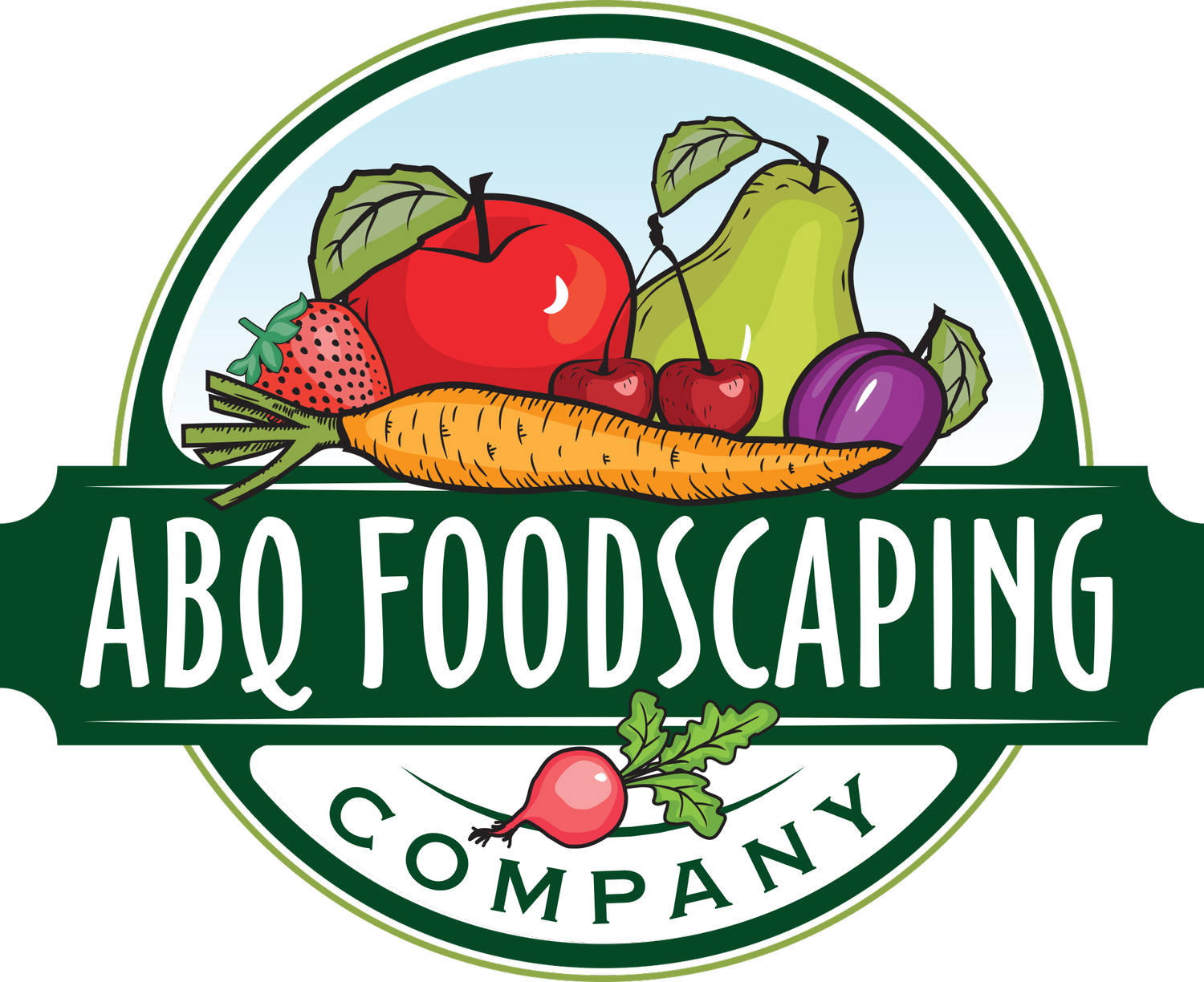The Benefits of Foodscaping
Foodscaping, the practice of integrating edible plants into traditional landscaping, offers a wealth of benefits that stretch beyond mere aesthetics. By blending utility with beauty, foodscaping transforms ordinary spaces into productive environments. Here are several key advantages of adopting this sustainable practice.
1. Fresh Produce Accessibility
One of the most immediate benefits of foodscaping is the accessibility to fresh fruits, vegetables, and herbs. Growing your own food can significantly reduce grocery bills and ensure that you have access to organic produce without the added cost. Knowing where your food comes from enhances your understanding of food safety and nutritional value, contributing positively to your overall diet.
2. Environmental Sustainability
Foodscaping supports sustainability by promoting biodiversity and reducing the carbon footprint associated with transporting food. By cultivating edible plants, you encourage a more resilient ecosystem in your garden. Native plants can also attract beneficial insects and pollinators, while reducing the need for chemical fertilizers and pesticides.
3. Aesthetic Appeal
Incorporating edible plants into your landscape adds visual interest and seasonal variety. Colorful fruits, aromatic herbs, and vibrant vegetables can enhance the beauty of your garden while serving a purpose. This approach allows for creativity in design, combining functionality with artistic expression.
4. Educational Opportunities
Foodscaping serves as an excellent educational tool for individuals and families. It encourages learning about gardening, botany, and sustainability. Engaging with the growing process fosters a deeper connection to food and nature, making it a valuable experience for children and adults alike.
5. Community Building
Participating in foodscaping initiatives can foster a sense of community. Shared gardening projects and food swaps encourage neighbors to collaborate and exchange ideas, knowledge, and resources. This communal approach not only brings people together but can also help combat food insecurity by creating a local network of food producers.
6. Mental and Physical Health Benefits
Gardening has been shown to have mental health benefits, reducing stress and promoting mindfulness. The physical activity involved in raising a foodscape can also improve overall health by encouraging movement and outdoor activity. Spending time in a garden environment can boost mood and enhance well-being, contributing to a healthier lifestyle.
7. Resilience and Food Security
Growing your own food can increase food security, providing a reliable source of fresh produce, especially during times of economic uncertainty or supply chain disruptions. Foodscaping allows individuals and families to develop self-sufficiency in their food sources, which can be crucial in maintaining a stable lifestyle.
Conclusion
Foodscaping is more than just a gardening trend; it is a holistic approach to creating sustainable living environments. By cultivating edible plants in our landscapes, we can enjoy the benefits of fresh produce, enhance biodiversity, and foster community connections. As we look toward the future, embracing foodscaping can be a valuable step in creating healthier and more sustainable urban and suburban spaces.

